20 Things to Do in the Summer to Prep for Fall
As a prepper, you are always on the lookout for ways to stay one step ahead in case of a catastrophic event. With the summer months in full swing, it’s essential to use this time wisely to prepare for the fall season and any potential areas of concern around your property. end-of-world scenarios. Here are 20 things to do in the summer to prep for fall.
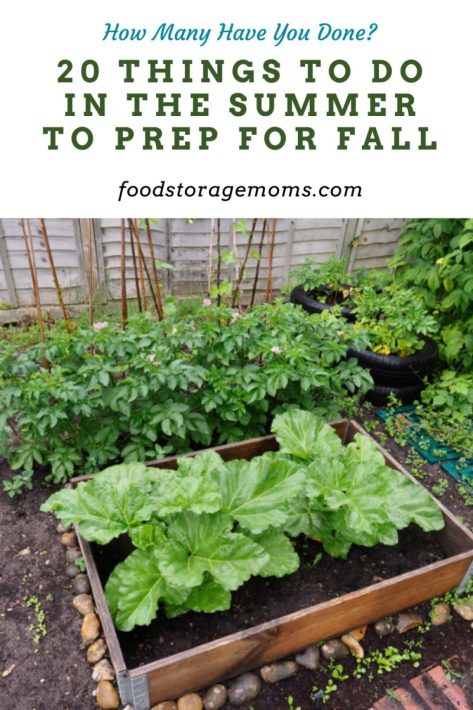
1. Stock up on Non-Perishable Food Items
Begin by stocking up on non-perishable food items such as canned goods, dried fruits, and grains. These items have a long shelf life and will be invaluable during a crisis.
Here in Utah, many of the stores will have “case lot sales” during late summer and early fall. It’s a great time to stock up on that food inventory you have outlined in your emergency prep plan. It’s also a good time to check those expiration dates and rotate items as necessary. Preparation is fulfilling the old adage, “The best defense is a good offense.” Making plans and then following through makes all the difference!
2. Learn Preservation Techniques
Learn various food preservation techniques like canning, pickling, and dehydrating. These skills will help you extend the shelf life of your perishable items, ensuring you have enough food supplies for the months ahead.
I have a number of friends and readers who have purchased units to freeze-dry their garden harvests or what they purchased from their local farmer’s market. I haven’t taken that step YET, and buy my freeze-dried foods from Thrive Life. Yes, freeze-dried foods are more expensive, but they tend to have a longer shelf life and can be eaten right out of the can.
3. Things to Do in the Summer: Harvest Seeds
Collect seeds from your garden or purchase heirloom seeds that can be used for future planting. Store them in a cool, dry place like your basement to maintain their viability. This seems to have become somewhat of a lost art. Take some time and learn about heirloom seeds and how they can provide quality garden results for generations. And if done right, harvesting your own seeds saves a ton in food production costs.
4. Expand Your Garden
Use the summer months to expand your garden by planting more crops that can be harvested in the fall, such as pumpkins, squash, and root vegetables. This will provide you with a varied and nutritious food supply. How to Start a Garden, Best Seeds for Starting a Vegetable Garden
There are efforts in many communities to cut back on large lawn areas in an effort to conserve water. Using those prior lawn areas for a garden can make sense if planned out properly. Yes, gardens can take a fair amount of water, but in our experience with the products from our garden, like tomatoes, we didn’t have to water as frequently or for as long.
Now is a good time to do a hose inventory. Garden hoses can get old and develop cracks, causing the loss of precious water resources. There could also be some issues in the pipes for your yard and garden irrigation systems. Often they’ve had some winter damage from the cold-weather effects of ice in valves or pump systems. Make sure all sprinkler pipes drain effectively now since that’s had to determine in colder weather environments.
Also, check to make sure your outside spigots are working as designed. You may have to trim landscaping areas so you can get to them easily, but those shrubs should be cut back anyway. You probably should have done that in the fall, but it’s not too late if done now.
5. Develop a Water Collection System
Rainwater harvesting is an essential skill for any prepper. Set up a water collection system using barrels or other containers, and learn how to purify the collected water for drinking and cooking purposes. Check with your local water department or other agency to make sure your location allows rainwater collection since some don’t.
6. Stock up on Fuel
Ensure you have a sufficient supply of fuel for heating, cooking, and transportation. This may include propane, gasoline, or firewood, depending on your needs. I’m not suggesting you have a huge tank to store gasoline or diesel. But if you have a generator that requires one of these fuels you need to have sufficient to keep the unit running if power is lost during a hurricane, severe thunderstorms, or other natural disaster. Of course, those fuels need a special treatment additive so they don’t go bad.
7. Inspect and Repair Your Shelter
Inspect your shelter for any necessary repairs, such as fixing air leaks and drafts with weatherstripping, sealing gaps in door jams and window sills, or reinforcing walls. You should also check the chimney stack to make sure it is clear of debris like creosote so there won’t be an explosion or fire when the fireplace is used. This will ensure your home is prepared for the harsher weather conditions of the fall season. How to Use a Tarp for Shelter
You need to also double-check the smoke detectors to make sure they are all in working order and that the backup batteries are up to date. If you haven’t already, you need to install carbon monoxide devices to make sure you’re alerted if carbon monoxide is coming from your furnace or heater vents. There should always be proper external airflow from rooms where combustion is taking place, like furnace rooms and water heater closets.
If there is the slightest chance of any natural gas leaks, generally noticed based on the odor generated, the gas should be shut off at the gas meter and the gas company immediately notified of the problem
8. Update Your Bug-Out Bag
Take the time to update your bug-out bag with essential items like clothing, medications, and tools. Ensure that all items are in good working condition and replace anything that has expired or become damaged. Mommy’s Get Home Bag: Get Ahead of the Game With 15 Clever Tips
9. Practice Your Survival Skills
Sharpen your survival skills by practicing activities like fire-starting, knot-tying, and navigation. These skills will be crucial in an emergency or disaster scenario.
10. Learn First Aid and CPR
Ensure you and your family members are knowledgeable in first aid and CPR. In a crisis, medical assistance from first responders may not be readily available, so it’s important to be self-sufficient. What’s In Your First Aid Kit?
11. Create a Communication Plan
Establish a communication plan with your loved ones in case of an emergency. Designate meeting points and alternate routes to reach each other if normal methods of communication are not available. Communication Options for Your Family During a Disaster
You should plan to go through some “exercises” and test how well your plans work, and make any changes necessary as family members change jobs, schools, and outside activities like sports team practices and games.
12. Stock up on Medical Supplies
Gather sufficient medical essentials like bandages, antiseptics, pain relievers, and prescription medications. These items will be crucial during a crisis. This is one of the things to do this summer to prep for fall! As part of your emergency plan, you need to put together a checklist of things you have in one place so they can be gathered quickly in case you need to evacuate. Don’t wait for the challenges to hit you and then respond, again, plan ahead and follow through.
13. Gather Warm Clothing and Blankets
Prepare for colder weather, particularly if you live in a colder climate area, by gathering warm clothing and blankets for every member of your household. This will ensure everyone stays warm and comfortable during the fall months. This is a good one for young children to help with!
They can find the coziest sweater and blankets possible. Your kids will have a good time helping you find the coziest clothing and blankets, so everyone can stay warm this winter. Best Time to Buy Children’s Clothing
14. Check Your Emergency Lighting
Test your emergency lighting sources, such as flashlights, lanterns, and candles, to ensure they are working properly. Replace batteries and stock up on additional fuel if necessary. What to Use for Emergency Lighting
I always get concerned when I hear that people are relying on a lighted candle to effectively light up any room. There are so many other options like solar flashlights and lanterns. I keep my small solar flashlights resting on my windowsills all the time so they can stay fully charged. If you must use candles, make sure you keep them away from flammable things like window curtains, clothing, and stored fuels.
15. Prepare Your Vehicle
Perform maintenance on your vehicle, such as checking tire pressure, engine oil levels, and ensuring the battery is charged. This will ensure your vehicle is ready for any emergency evacuations.
It’s better to do this before the end of summer so that you don’t have to do it during the colder months! You’ll get to enjoy those crisp fall evenings without doing any more hard work or worrying about the condition of your key vehicle. Emergency Car Toilet You Need In Your Vehicle
16. Update Your Emergency Contacts
Review and update your list of emergency contacts, including friends, family members, doctors, and local authorities. Make sure everyone in your household has a copy of this list.
17. Learn Self-Defense Techniques
Enroll in a self-defense course or practice techniques at home to ensure you are prepared to protect yourself and your family in case of danger.
18. Stock up on Bartering Items
Gather items that can be used for bartering, such as batteries, matches, and canned goods. These items will be valuable during and after a world-changing event when traditional currency may no longer be relevant.
19. Establish a Food Rotation System
Implement a food rotation system in your pantry to ensure your supplies remain fresh and safe to consume. Regularly check expiration dates and rotate items accordingly.
20. Stay Informed
Stay informed about potential threats and events by monitoring news sources and engaging with like-minded prepper communities. This will help you stay updated on any potential risks and allow you to adjust your preparations accordingly. 10 Ways to Get to Know Your Neighbors for Prepping Purposes
Consider a hand crank radio and one that provides weather reports all year long.
Don’t Forget to Enjoy life
Just because you’re a prepper it doesn’t mean you can’t have fun! One thing you can do to prep for fall this summer is to enjoy life. Work away at that summer bucket list! Take a road trip, and do fun things like go to the pool or lake this summer season. Enjoy the last days of summer, so that you can start to enjoy fall as well!
Other Reasons to Prep This Summer
- So you can enjoy the pumpkin patch, corn maze, and your local farm.
- Enjoy your favorite fall activities and crisp air.
- You’ll be ready for the first day of school activities with your family.
Final Word
By following these 20 steps during the summer months, you’ll be well-prepared for the fall season and any end-of-world scenarios that may arise. Remember, preparedness is key to survival, and taking advantage of the warm weather to get ready can make all the difference.
If you have other ideas you think my readers should think about, let me know in the comment section below. May God Bless this World, Linda
Copyright Images: Vegetable Garden Depositphotos_14148044_S

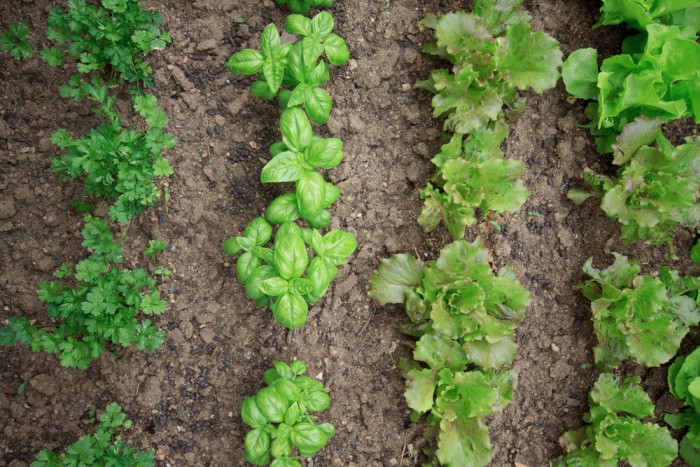


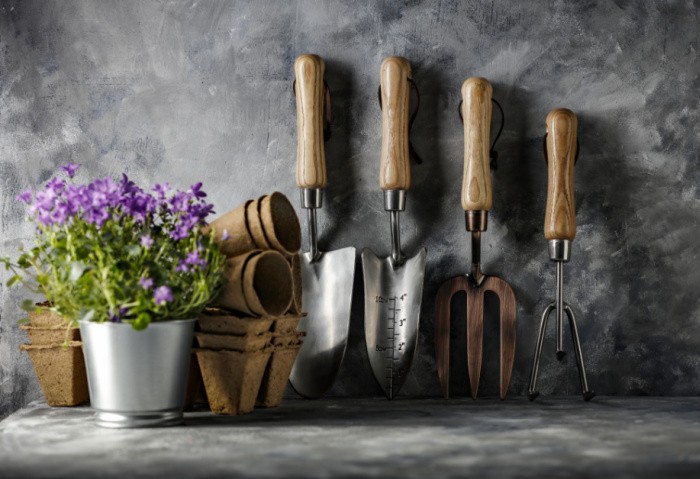

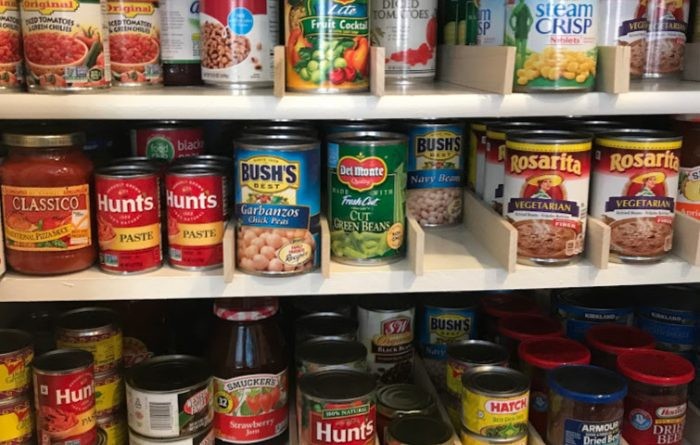
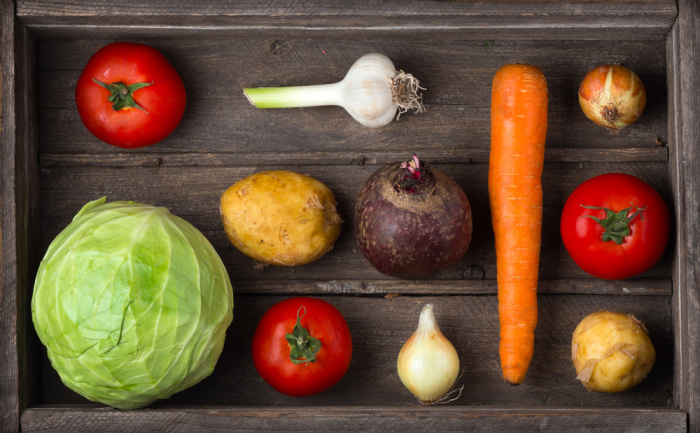
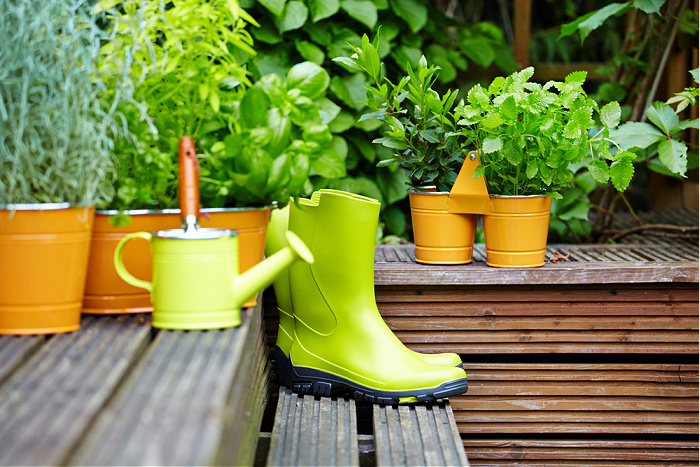













If ya raise critters this is the time to stock food stores as well. Especially things like hay, straw etc.
We also save feed sacks for wind breaks that can be stapled onto coops and stalls.
I’d advise using this lull time to stock up on ammo, spare parts and things of that nature as the next storm is on the horizon and those supplies will dry up again. Don’t just think in terms of what do I need to hunt next season nor what would I need for a small fight. Think in terms of I won’t be able to get it again for years. Right now there still isn’t 410 shotgun shells on the shelf with any reliability. That’s coming up on 4 years it’s been that way.
Hi Matt, 4 years, oh my gosh, people have stockpiled them or they are not able to make them? As far as getting the supplies??? I think the way you do, I do not buy for today but years down the road. We can’t depend on others producing what we need to eat that’s for sure. Great tip on stocking up stock food, great reminder! Linda
Good comment, Matt,
Always have to think outside the box and think ahead.
And, yep, the only .410 bore shells out there, other than defense rounds, are number 8 and 9 shot. That stuff just bounces off of squirrels and they laugh at you. I really need some number 4 or 6 shot to bag squirrels. Luckily, I have a few boxes on hand but have to be very careful to use them sparingly. ARGH!
Yes sir. Ended up with 2 Bxs of 9s. Figure we will use them for grandson when he learns on cans n such. Saving them 4s like Gollum lol.
Whoa, I hadn’t noticed the lack of .410 shells, probably because I don’t have one. But there’s no lack of .12 ga shells at least. 10mm rounds are also hard to find.
Due to all the rain we had this Spring and last winter my fruit trees are so loaded down even thinning hasn’t kept their branches from sloping toward the ground. Therefore, I can see I’ll be canning peaches, nectarines, plums and apples this year, in addition to the beans and such I normally can.
Learning the art of saving seeds for future use is a great skill to develop. My garden space (five 4’x16′ and a few assorted other sizes as well as a dozen very large pots) is small enough I have to be very selective about what I let go to seed. I usually let just one De Ciccio or Calabrese Broccoli plant, one Kuroda and one Scarlett Nantes carrot, a Detroit Dark Red beet and one Bright Lights Swiss chard go to seed. I let one Jericho Lettuce plant and several Green Arrow Shell peas and Mammoth Melting Snow peas and assorted beans do the same. Many of my winter crop plants are quite good at self seeding and a couple of my cherry tomatoes excel at that too.
Every second year I allow two broccoli plants to go to seed as I use a lot of broccoli seeds as sprouts, and just two plants gives me more than enough. About every other year I plant clover as a cover crop and let it go to seed–once again mostly for use as sprouts. I’m planning an alfalfa bed for similar use as well as a fodder system for my chickens.
Hi Ray, your garden would be a dream for me! I could grow just about everything I want to eat. Your fruit trees are a blessing, my Friend! Linda
I have been MIA for the last two months because my body has outlived my warranty. Just when I thought I had two of my kids on board, with gardens and land and fruit trees we gave them and stockpiling necessary items, they changed the plan. They are so desperate to get out of New York State that they are downsizing everything to the bare minimum as they decide the next step. I know they are doing what is best for their families longterm, but I don’t know that Tom and I will be able to follow them. I really want them safe no matter what happens.
Hi Chris, this is exactly why we made the move when we did. Mark will be 77 this year and I will be 74 in January. I felt strongly to sell our home down south and move closer to kids. The process to downsize took ME 2 years to declutter so we could REALLY downsize. Mark doesn’t like to part with anything. I sold I trashed, I donated, and gave away as much as I could so we wouldn’t have to store a lot of stuff in temperature controlled units. I wanted a mini farm but knew our days are overdue to take care of a farm. I hope they find a safe area, the news shows New York as one of the scariest, most expensive places to live as I remember. There are other cities as well that would be unsafe to live in, so where do we go….that’s a good question. Utah would not be my first choice, but some of my kids live here and we are building a house in our daughters backyard. It was our only choice, and getting permits to build are a joke. Water is another issue, right now northern Utah has water for now. Life is changing for all of us. I pray your kids find a place. Linda